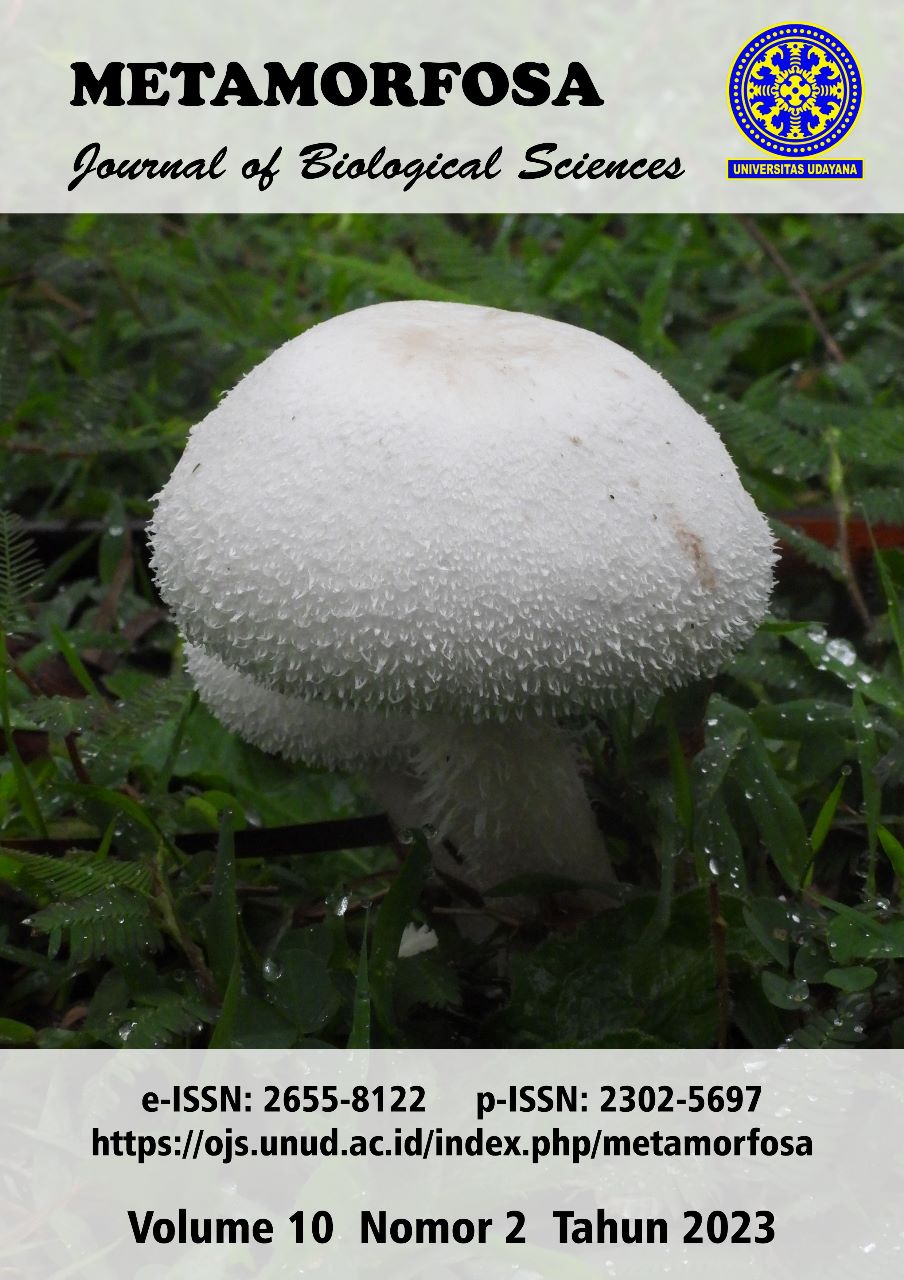Lipid Profile Of Wistar Rat (Rattus norvegicus Berkenhout, 1769) With Ulva lactuca L. Treatment
##plugins.themes.bootstrap3.article.main##
Abstrak
Lipid profile is an overview of lipids in the blood that can be used as an indicator of cardiovascular disorders. Changes in lipid metabolism can be caused by modification of lipid and lipoprotein that are correlated with free radical production. Free radicals can be induced by various things including heavy metal contamination. In a previous study, it was stated that heavy metals levels in Ulva lactuca L. originating from the coast in Gunung Kidul were above the threshold value by BPOM for vegetable foods. There was an attempt to decontaminate heavy metals in Ulva lactuca L. by immersing the thallus of Ulva lactuca L. using bilimbi fruit sequestrant. These attempts were made to improve the quality of Ulva lactuca L. so it becomes safe for consumption and has a positive effect on the physiology, especially the lipid profile. This research aimed to determine the lipid profile of white rats (Rattus norvegicus Berkenhout, 1769) after being treated with Ulva lactuca for 30 days. In this research, after obtaining Ethical Clearance with No.00020/04/LPPT/VII/2022 12, white rats 10 weeks old were divided into 3 groups each comprise four rats, i.e. group I (control), group II (treatment of natural Ulva lactuca), and group III (treatment of Ulva lactuca decontamination). Data on total cholesterol, triglyceride, LDL-C, and HDL-C levels were analyzed using one way ANOVA at 95% confidence interval. The results showed Ulva lactuca treatment at 1000 mg/kgBW/day for 30 days could decrease triglyceride, cholesterol total, LDL, and HDL levels in white rats (Rattus norvegicus Berkenhout, 1769) Wistar strain with the highest decrease occurring in triglyceride levels.
##plugins.generic.usageStats.downloads##
##plugins.themes.bootstrap3.article.details##

This work is licensed under a Creative Commons Attribution 4.0 International License

